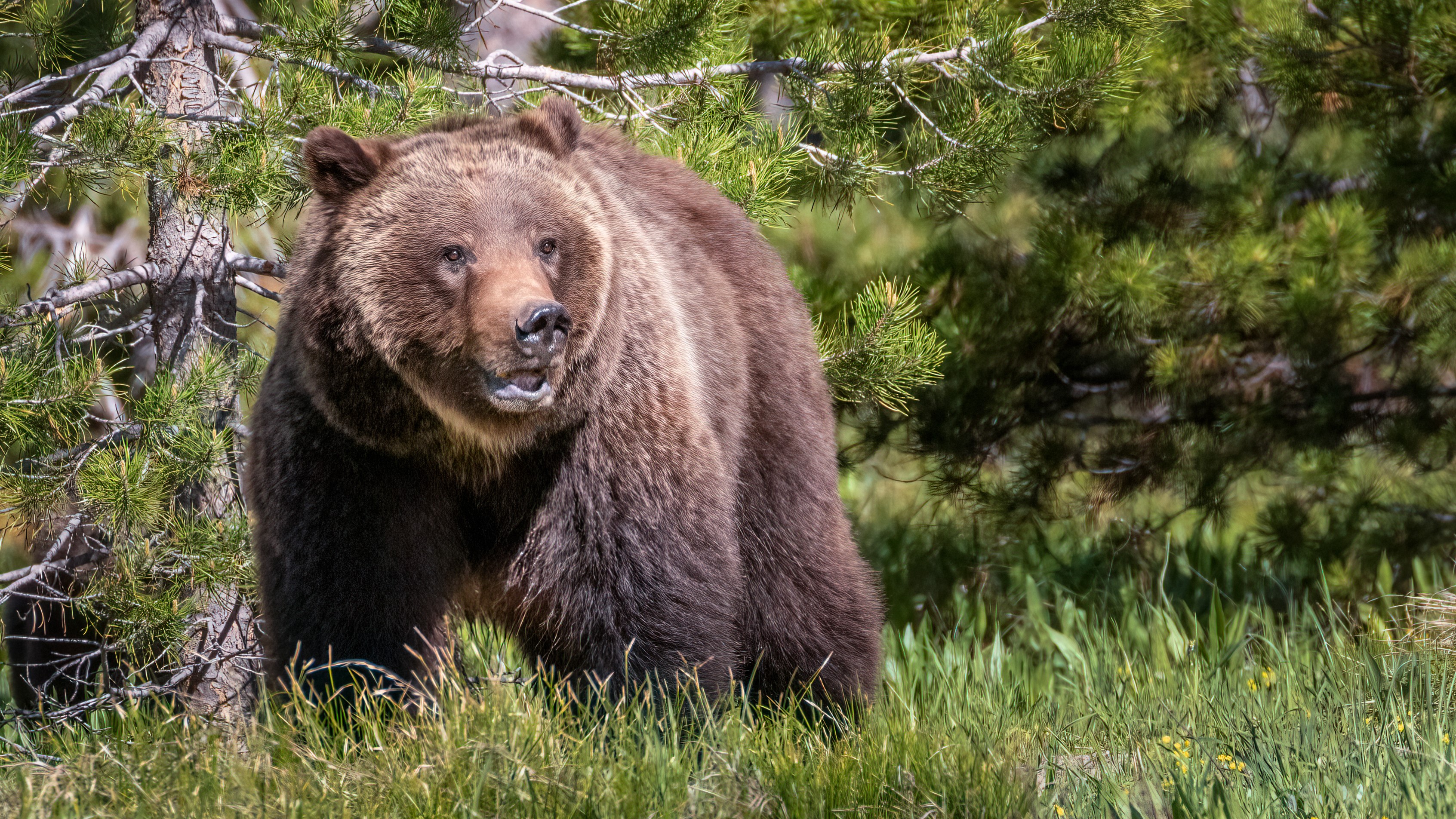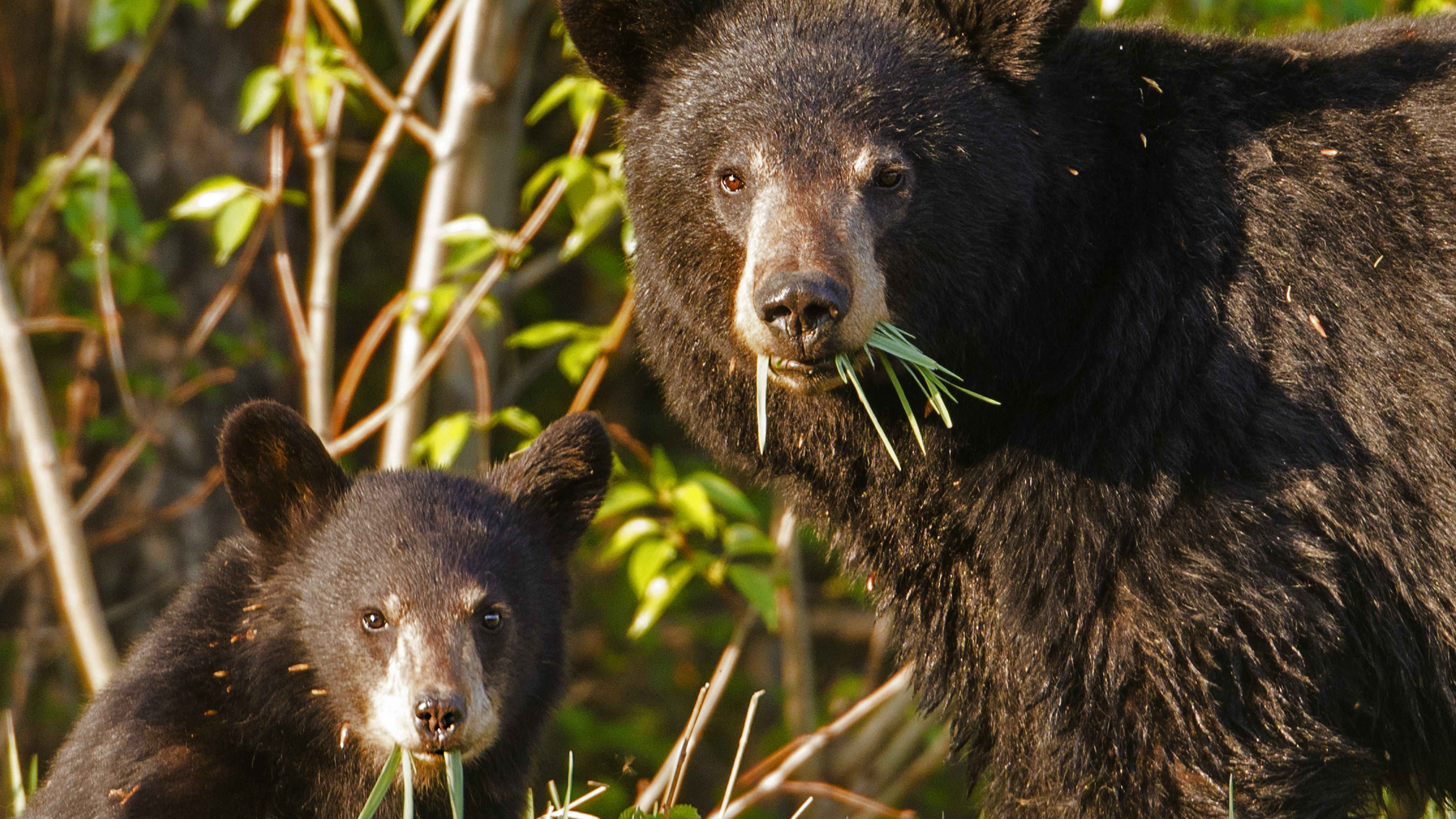
Bear activity is on the rise in Yosemite National Park. This year alone there have been 34 separate bear incidents, causing a whopping $3,034 in damage. That’s already 6% more incidents than last year’s tally and 55% more than Yosemite’s quietest bear year in 2019.
With winter fast approaching, bears in the historic park are preparing for hibernation with as much food as they can find, leading to a spike in food-related incidents over the past few weeks.
Despite the growing number of incidents, nobody has ever been killed by a bear in Yosemite, so deadly attacks are unlikely. That said, they’re not out of the question. Bears kill between two and five people each year in North America and it’s crucial that anyone traveling through inhabited areas is prepared, so see our top tips for staying safe below.
Aim to avoid
The safest way to deal with bears is to avoid them altogether. Most bears want to be left alone by humans so rarely stray onto established trails. Hence they can be easily avoided by sticking to well worn routes and plotting your journey ahead of time.
In addition, bears are always on the move, so it’s well worth checking in with the nearest visitor center or backcountry office for the latest advice on where to trek to avoid unwanted visitors.
Remain calm
If you’re unfortunate enough to encounter a bear in the backcountry, don’t panic. Remember that most bears do not want to attack you, so aggressive movements and growling are often just tactics to assert their authority.
Advice on how to interact with grizzly and brown and black bears differs, although there are a few key principles that you should follow in both circumstances.
Crucially, you must make the bear aware you're human by identifying yourself in a low, steady voice and waving your arms slowly so the bear knows you're not a prey animal.
You mustn't attempt to ward off the bear by dropping your food or pack, this will only incentivise it to further pursue you.
Running is also out of the question. Most species of bear can run at around 30mph, covering 110 yards / 100 meters in only seven seconds. To make matters worse, running may trigger a bear's predatory instincts, identifying you as a potential threat to chase down immediately.
If the worst comes to the worst and you find yourself face to face with an aggressive brown or grizzly bear, play dead. Lay flat on your stomach with hands clasped around your neck and legs spread. This will signal that you’re not a threat and makes it harder for the bear to turn you over. Remain still until the bear leaves and only fight back when absolutely necessary.
Do not play dead if you’re attacked by a black bear. Instead, try to find a secure area to shelter such as a car or building. If escape is not possible, fight back by aiming attacks at the bear's face.

Come prepared
Before embarking on a backcountry trek, it’s crucial that you prepare with the correct supplies and equipment. This is especially true when traversing bear country, where the right spray could save your life.
Used exclusively to stop attacks, bear spray temporarily incapacitates bears by targeting their senses, releasing a cloud of irritating capsaicin vapor.
“It’s like anything they’ve ever experienced,” explained biologist and Tooth and Claw podcast host Wes Larson. “They just want to get out of there instantly.”
It’s worth mentioning that bear spray is banned in Yosemite National Park, so can only be deployed elsewhere.
Emergency SOS equipment is also a must. Satellite communicators like the Garmin InReach Plus can call for help in remote backcountry locations without the need for a phone signal. Only last month, a Canadian hiker who’d been mauled by a bear was rescued after sending an SOS signal with his satellite communicator.
Although they’re rare, bear attacks are a very real possibility for backcountry hikers. For more on how to stay safe in the wilderness, check out our extensive safety guide.
- The best hiking shoes 2024 trail-friendly shoes for all seasons
- The best winter hiking shoes 2024 for unbeatable performance in the cold







